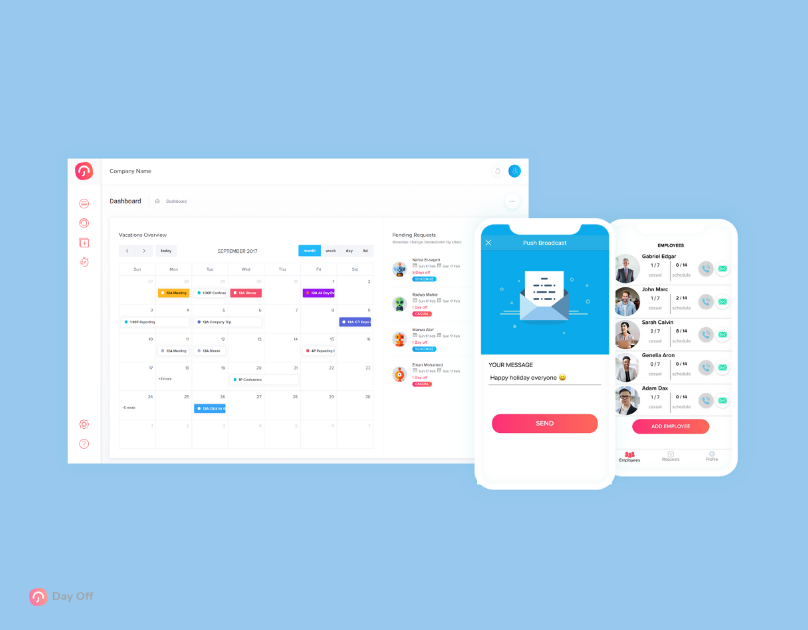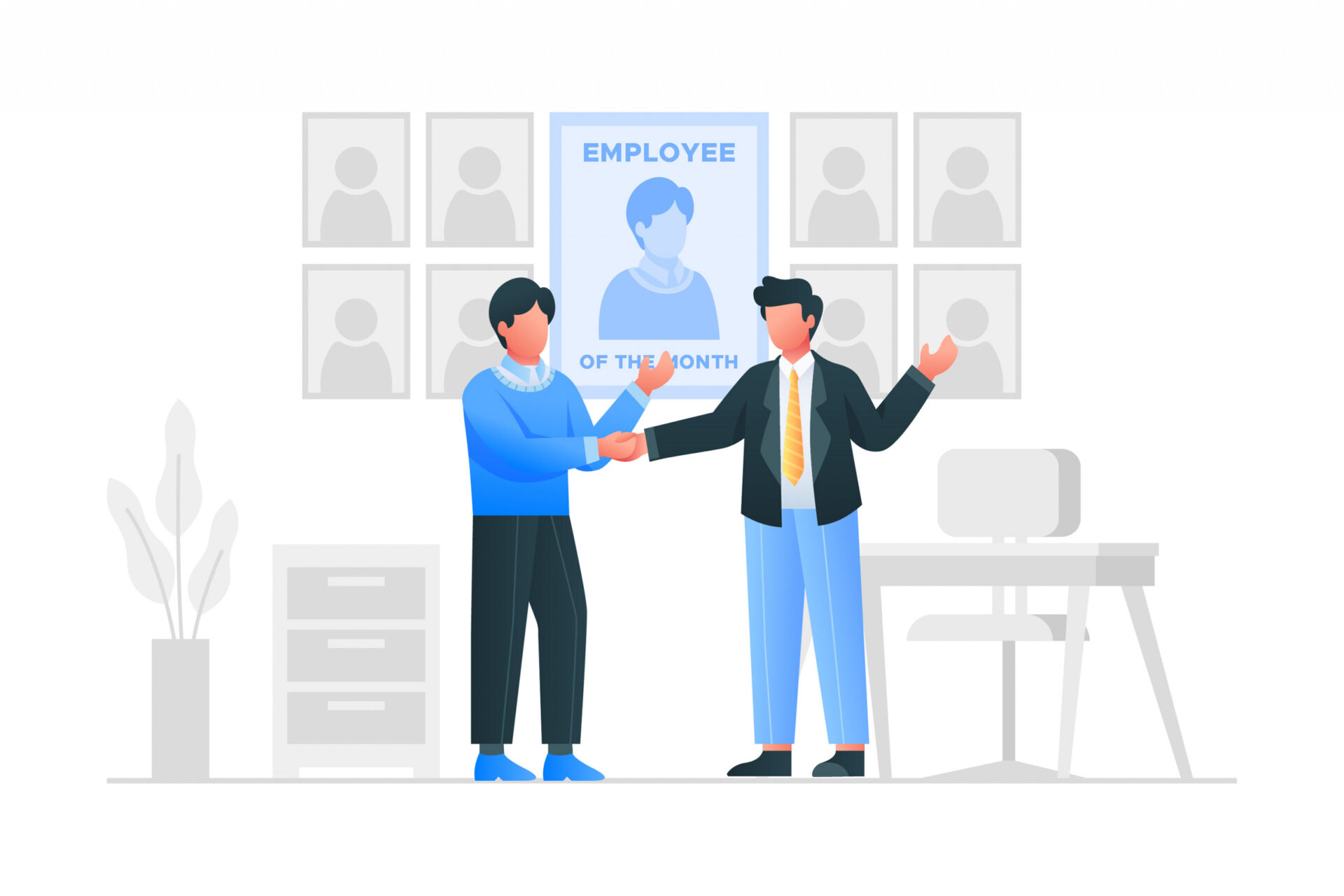PTO which stands for paid time off is a privilege given to employees at any business in case of vacations, sick days, absence due to any matter and leaves. When applying for a job the employee is given a certain number of paid time off and leaves. The number of paid time off and leaves differ from one company to another depending on the company’s PTO policy, and to manage this you need the help of PTO tracking apps.
What is PTO tracker app?
PTO tracker software offers an automated software for leave tracking and management. PTO tracker software or app helps the employees when sending a request for their paid time off or leave and keeps track of employees present in the organization and those who are at leave.
Why to use PTO tracking apps?
1. Better at organizing
The process of using an excel sheet or spreadsheets or paperwork has a wide range of error to occur and losing data easily. PTO tracking apps offer an organized system to keep track of the employees without losing data.
2. Better accessibility
Earlier the spreadsheets that companies used for the paid time off were accessible by certain employees only to do the paperwork.
At this modern age PTO tracing apps and software tools are present, they made accessibility easier for both the employer and the employees.
3. Time and effort saving
Digitalization means easier communication, a PTO tracker app that is available for the employees makes it easier to push through their paid time off requests to their bosses. PTO tracker software saves time both for the employee and employer making them more productive.
4. Easier Tracking
One of the great benefits of a PTO tracker software is that it keeps track of employees’ PTO, how much have they used and how much is PTO is available. The presence of a PTO tracker app for the employees, offers them a counter for their used and left leaves.
5. Budget friendly
The cost of paperwork concerning the materials and the employees working in processing the paid time off and leaves is much higher than using a PTO tracker software which digitizes the process and makes it easier. Any organization must do their best at reducing their costs when they find their desired service. The saved-up money can be used for any other aspect which will result in increased productivity.
6 Best PTO tracking apps
1. Kissflow HR Cloud
Key Features:
- Leave management, requesting leave and tracking it.
- Attendance management, monitor your employees’ attendance.
- Data can be accessed from multiple devices.
- Make communication easier due to the ability of sending feeds and documents to the whole team.
- Dashboards which show real time information on every process.
- Possibility of generating custom reports.
Pricing:
Kissflow offers different payment plans which start from 9.90 USD per employee per month and the payment plans differ due to your business requirements.
2. Day off
Key Features:
- Step by step help in creating your team account and adding your employees.
- Easy to use and easy to understand user interface.
- Availability of a mobile app makes it easier to use by both the employer and employees.
- Pushing the request of a leave to the right person easily and rapidly.
- Push notifications whether the leave request is accepted or refused.
- Push notification of an announcement by the employer to the employees.
- Possibility of adding new leave types.
- Full overview for the team’s leaves and balance.
- Show the employees their leave balance and how many leaves are left.
- When completing inserting your team’s leaves and their request, a calendar with the leaves and the leave request is created which makes managing your team much easier.
- Presence of a calendar view for both the employees and the employer, to track team vacations and time off, monitor team absence and workflow.
Pricing:
Day off offers a free version with basic features which is a great chance for trying out the app. For using the full advanced features of the app, 1 USD per employee per month is paid. This is a great price yet cheap for all the great features presented in return.
3. Zoho People
Key Features:
- Make leave request reach the employer in the right time.
- Helps HR to fix problems faster.
- Lets employees manage their work and the whole team’s work.
- Send notifications and documents to your employees.
- Availability of a mobile app to make access easier for both the employer and the employees.
- Manage employees’ data easily.
Pricing:
Payment plans start at 1 USD per employee per month and there is other payment plans which depend on the features required.
4. GoCo
Key Features:
- Easily request time off or leave, makes the request reach the employer easier
- Availability of PTO and different leaves.
- Automatically adding holiday hours to you team’s time sheet.
- Reports on your team’s working hours.
- Calculates employees’ overtime.
- Manages employees’ attendance
Preisgestaltung
GoCo starts at 5 USD per employee per month
5. Sage HR
Key Features:
- Makes leave requests and paid time off requests reach the employer faster.
- When requests are approved, they are automatically put on calendar.
- The calendar is available for both employees and the employer
- Employees can open their accounts and know their balance of leaves and paid time off.
- Availability of mobile app makes it easier to approve requests from anywhere.
Pricing:
SakeHr payment plan starts from 5.5 USD per employee per month and there are other payment plans depending on the business required features.
6. Factorial HR
Key Features:
- Manage paid time off and different leaves and track them on calendar
- Tracks number of leaves and paid time off left.
- Creating own time off policies.
- Leave and paid time off requests reach the employer easier.
- Approval of time off request and leaves is easier just by a click.
- Adding as many leave types as wanted.
- Generate custom reports on employees’ leaves and Paid time off.
- Availability of a mobile app increases the accessibility.
Pricing:
The payment plan of Factorial HR is a flexible one it starts for 3 USD per employee per month. The payment plan differs depending on the features needed for the business.









